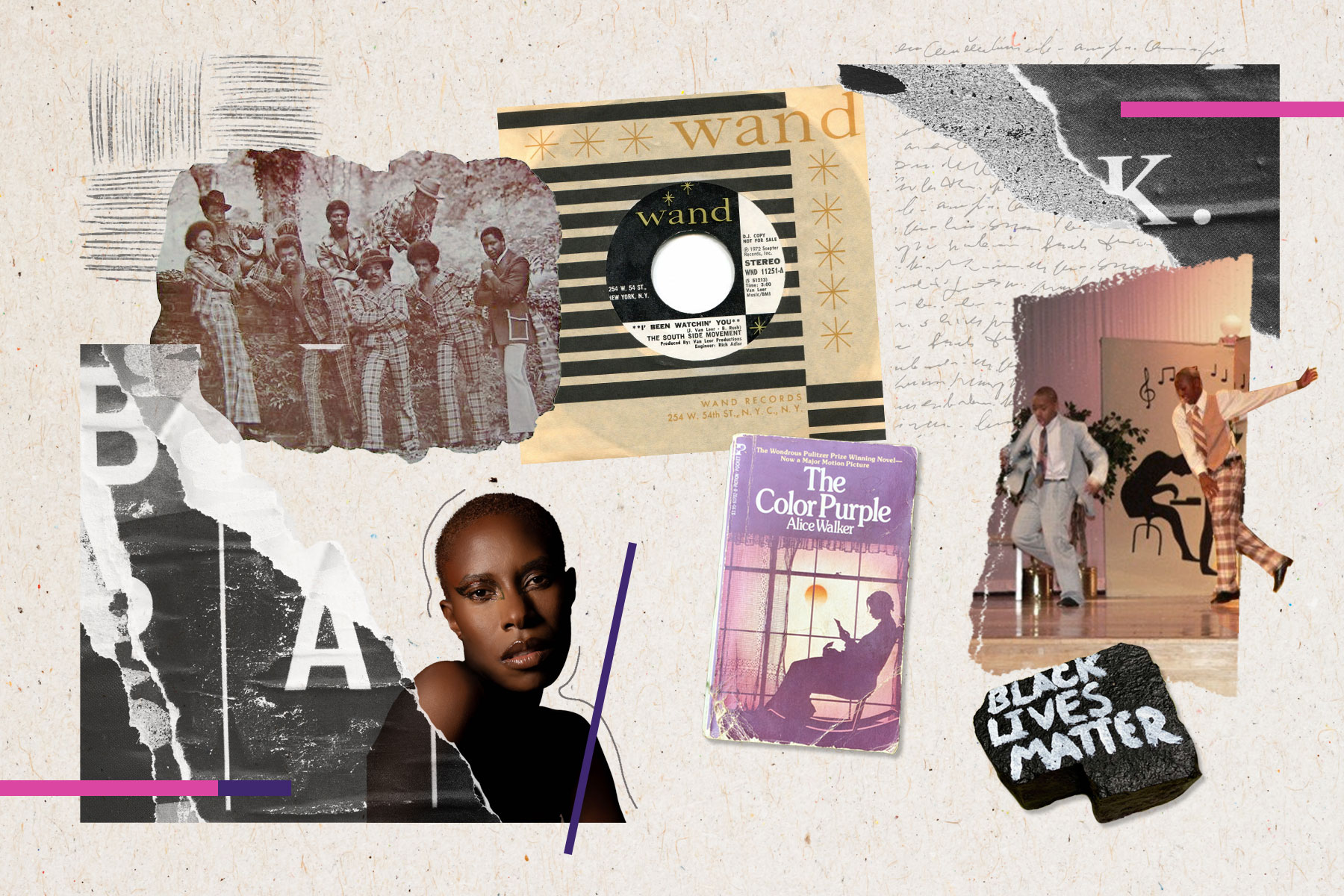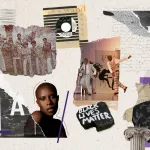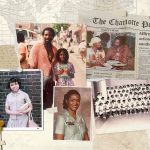This Black History Month, we’re telling the untold stories of women, women of color and LGBTQ+ people. Subscribe to our daily newsletter.
Every year, the Association for the Study of African American Life and History chooses a theme for Black History Month that celebrates an element of our culture and contributions. The organization was cofounded in 1915 by Carter G. Woodson, the father of Black History Month, to, according to its website, “promote the scientific study of black life and history.”
This year’s theme, African Americans and the Arts, has Black staff at The 19th musing about our families, our childhoods and the rich ways that art is all around us.
‘Black art is power’
We cannot talk about American art without considering the contributions of Black artists.
Black art is part of American culture, from fine arts to music, to dance, to drawing.
What strikes me is how Black people add flavor to all types of art, whether it’s praise dancing and singing in church or Beyoncé tapping into art forms — and power — outside of her music.
I am amazed by the creativity of Black people through fashion, music, dance, drawings, and more. Black art is part of our culture. Black art is what our ancestors taught us. Black art is power. The world would be boring without the contributions of Black people in arts. — Merdie Nzanga, reporting fellow
‘The sound of my father’s trumpet’
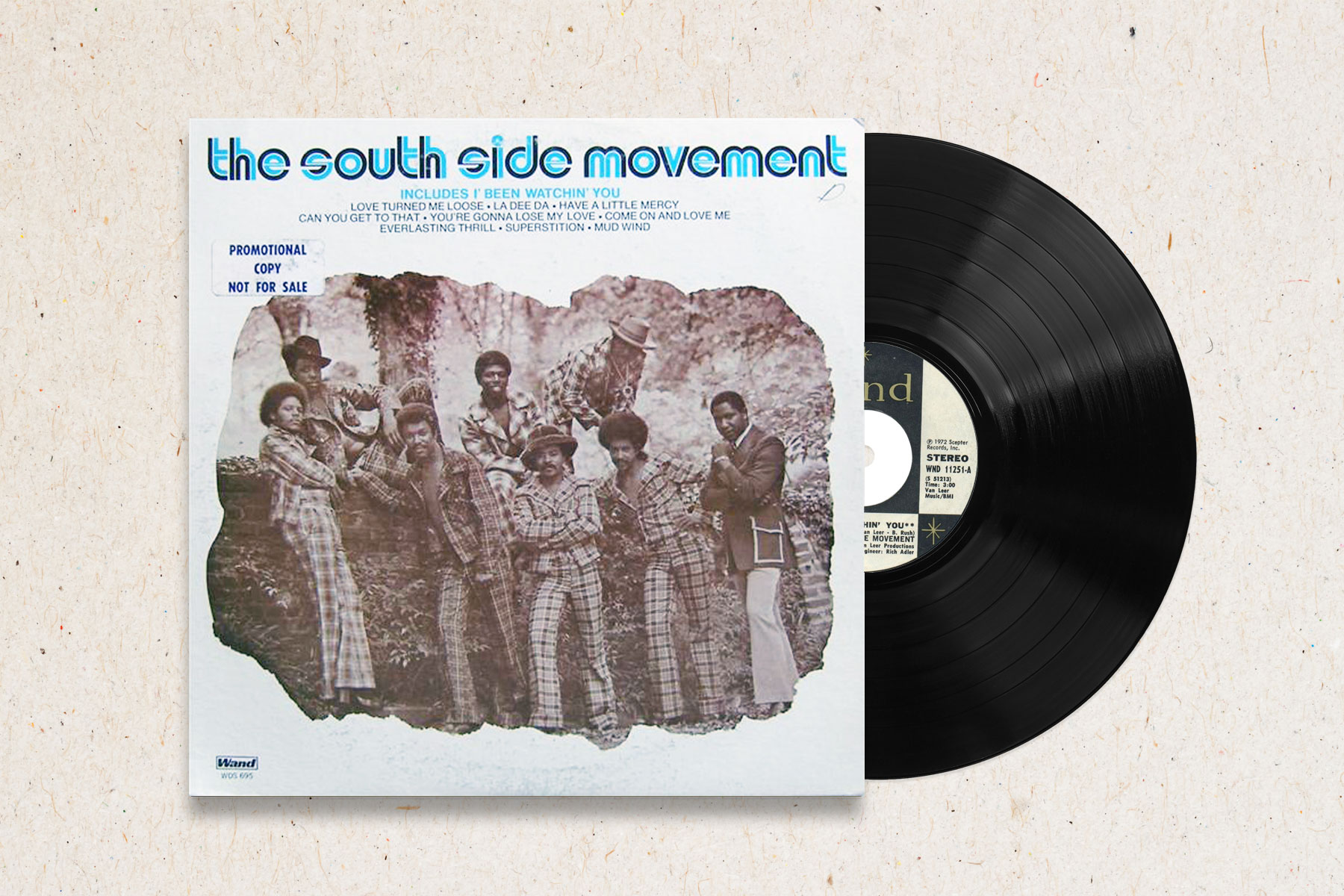
My memories of my late father have a haunting soundtrack filled with salsa and merengue, jazz, fusion, soul, funk, folk — all of the genres I heard him play on his trumpet. You can hear Stephen Hawkins’ signature sound on the albums he recorded in the 1970s with his band, The Southside Movement.
I’m forever grateful I got to hear him play, in bars, on college campuses, on the streets and subway platforms of Chicago. Music was my father’s life and his livelihood; it was how he thought, communicated and coped. He is, to me, a perfect example of what the arts mean to Black people. The arts are about expression, and they’re also how we resist and build pathways to freedom and liberation. The arts are one of the most palpable ways we’ve left our mark on American culture, the way the sound of my father’s triumphant trumpet has left a mark on me. — Karen Hawkins, story editor
Rescuing stones
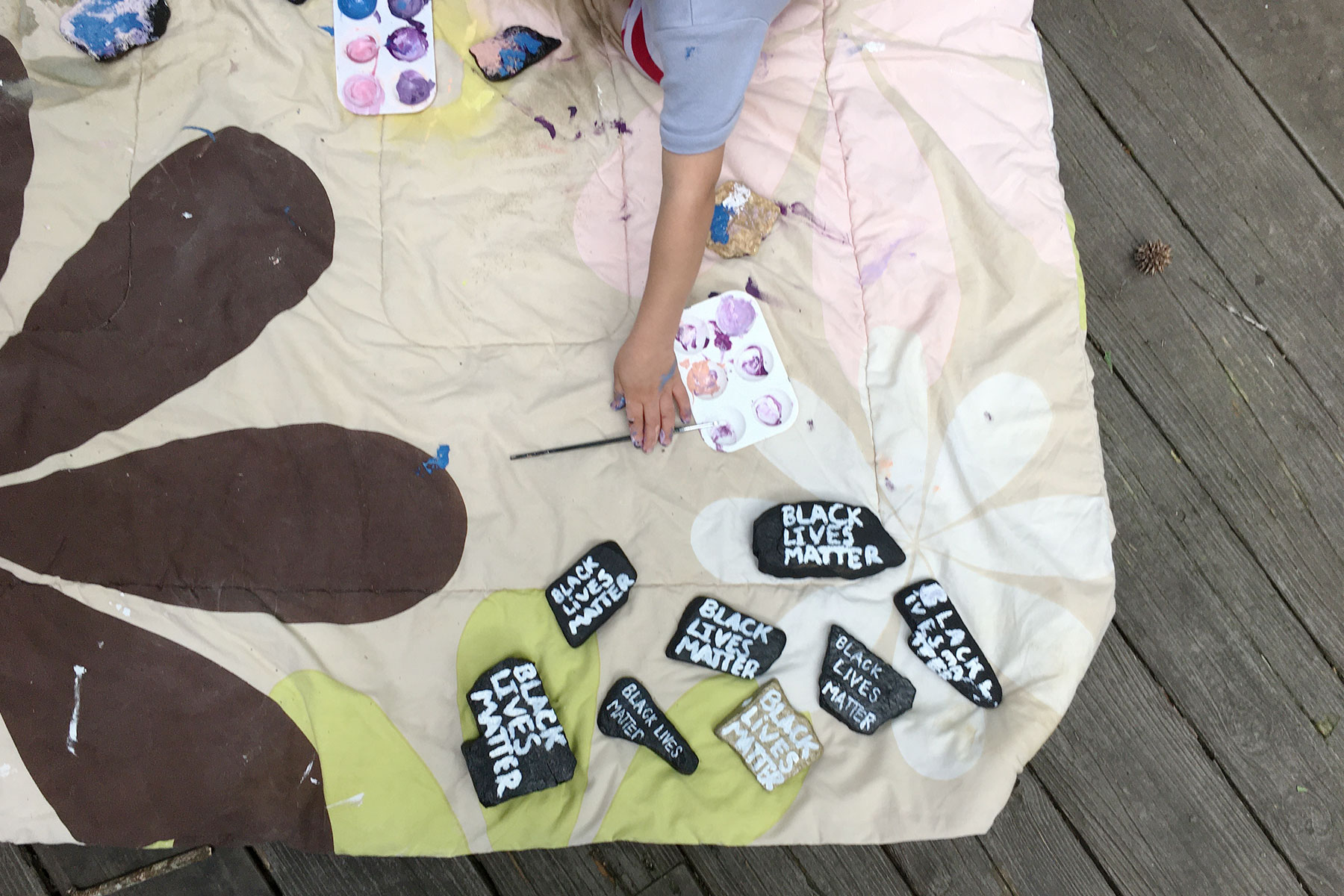
On the cusp of summer in 2020, hundreds of people gather in downtown Atlanta to protest the deaths of Ahmaud Arbery, Breonna Taylor and George Floyd. There are many more names; this is what I tell my children.
We’ve been home for almost three months in a global pandemic — homeschooling, working, surviving. This day, we pick our way down to the creek and haul some flat-ish stones away. We lay an old blanket on the back porch and rustle up black spray paint and paintbrushes. The kids trace “Black lives matter” in white paint on each stone.
We walk the neighborhood trails, leaving their stones along the way. It doesn’t take long for the stones to disappear. The kids leave a few more. Someone has thrown one into the mud at the edge of the lake. My daughter jumps in without thinking to rescue it and the mud goes all the way to her ankles. — Kari Cobham, director of fellowships
‘The glorious mixture’ of Black music in church
In my church home, I was introduced to the glorious mixture of trumpet, guitar, organ, piano and drums cemented together with the help of a choir. This blend was created solely to bring forth praise, but for 4-year-old me, it was the first time I saw Black art in action. It was also the first time I remember knowing what good music is supposed to sound like, and from that point on, it was fairly easy for my mother to keep me in church and make me go to choir rehearsal. Being a part of the serenaded congregation made me want to become a part of those who serenaded the crowd, which was my introduction to Black music.
When I think of art, I think of us. One of the things the Black church has truly mastered over the years has been our art. — Victoria Clark, audience engagement fellow
‘The Color Purple’ comes full circle
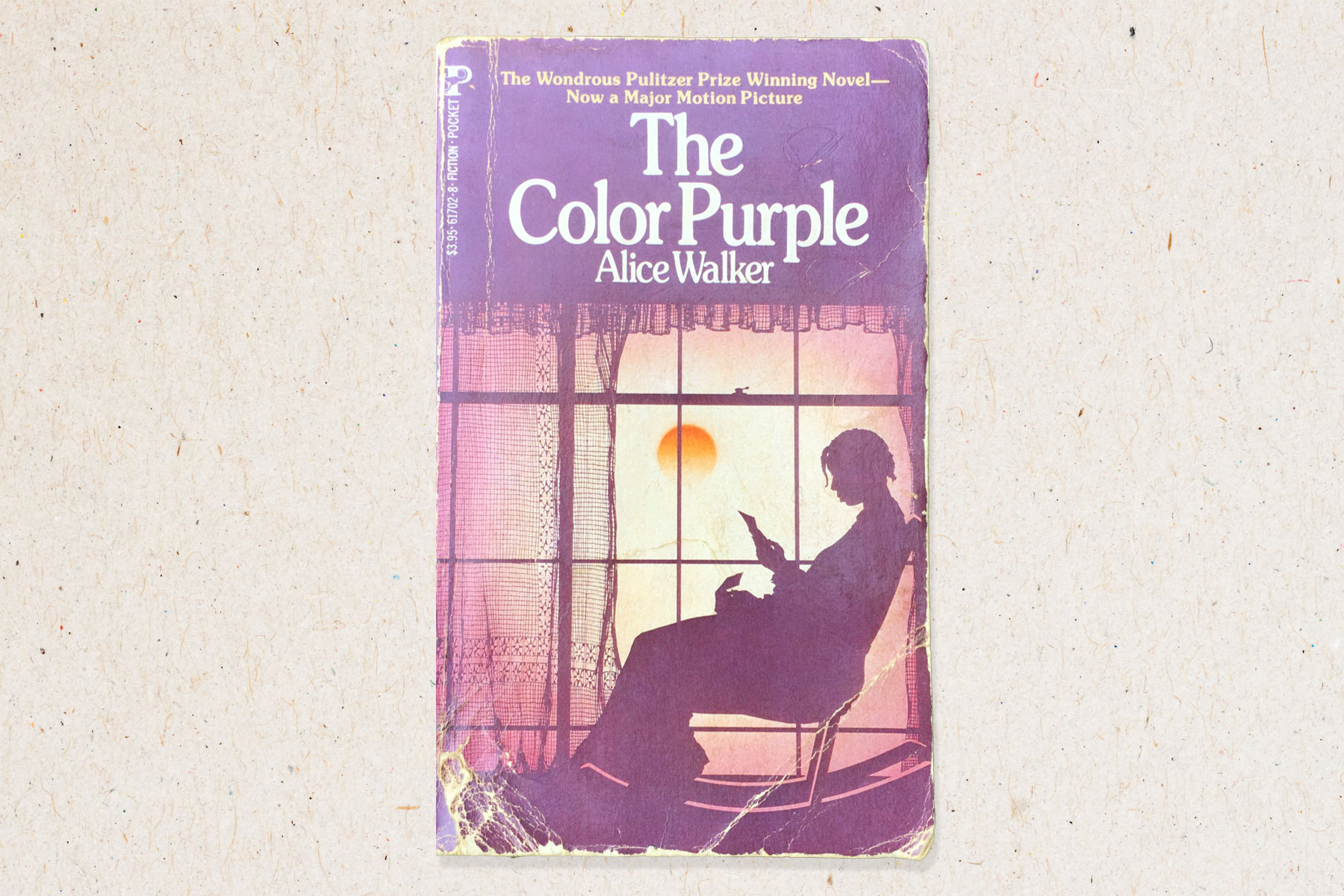
The release of “The Color Purple” toward the end of 2023 was a really full-circle moment for me and was an awesome reminder of what Black expression can look like when given a massive platform. I watched the original Stephen Spielberg film years after its original release but didn’t fully appreciate the story until I was a musical theater student in high school. We performed multiple songs from the Broadway musical version of the story, and it was some of the most joy and emotion I felt while performing and seeing my fellow students perform.
More than 15 years later, seeing the renditions of those songs and the choreography on the big screen was extremely moving. It reminded me of a time when the whole world seemed possible and, even with all of the harshness of life and pain both on the screen and in the real world, that maybe there’s still hope and joy to be found out there for me and for our broader diaspora. — Lance Dixon, audience engagement producer
A legacy built upon food traditions
When I was an early teen my mom put me in culinary classes at our local grocery store. I became fascinated by the science and artistry of making dishes I could share with family and friends. I’d host family “dinner parties” and make homemade pastas or Oreo cheesecake.
During the holidays when my mom, grandma and aunts were huddled over cutting boards, pots and pans in our kitchen, I would offer to help and ask a million questions about whatever we were making. I tried to make a mental note of every ingredient, every step in the process.
It was through these experiences that I came to understand that cooking with my family and trading recipes with them is one of many small ways we make a mark on our family history, continuing a legacy of food traditions and memories over shared meals I love. — Candice Norwood, reporter
‘Modeling is art’
I recently realized that modeling is art.
I decided to take it seriously in 2022, shortly after I cut all my hair off, which unlocked a new level of confidence for me. I got to see the facial features hiding behind all of this hair that I’d had. Despite both of my parents having modeled, because of my height, it wasn’t something I knew I could pursue.
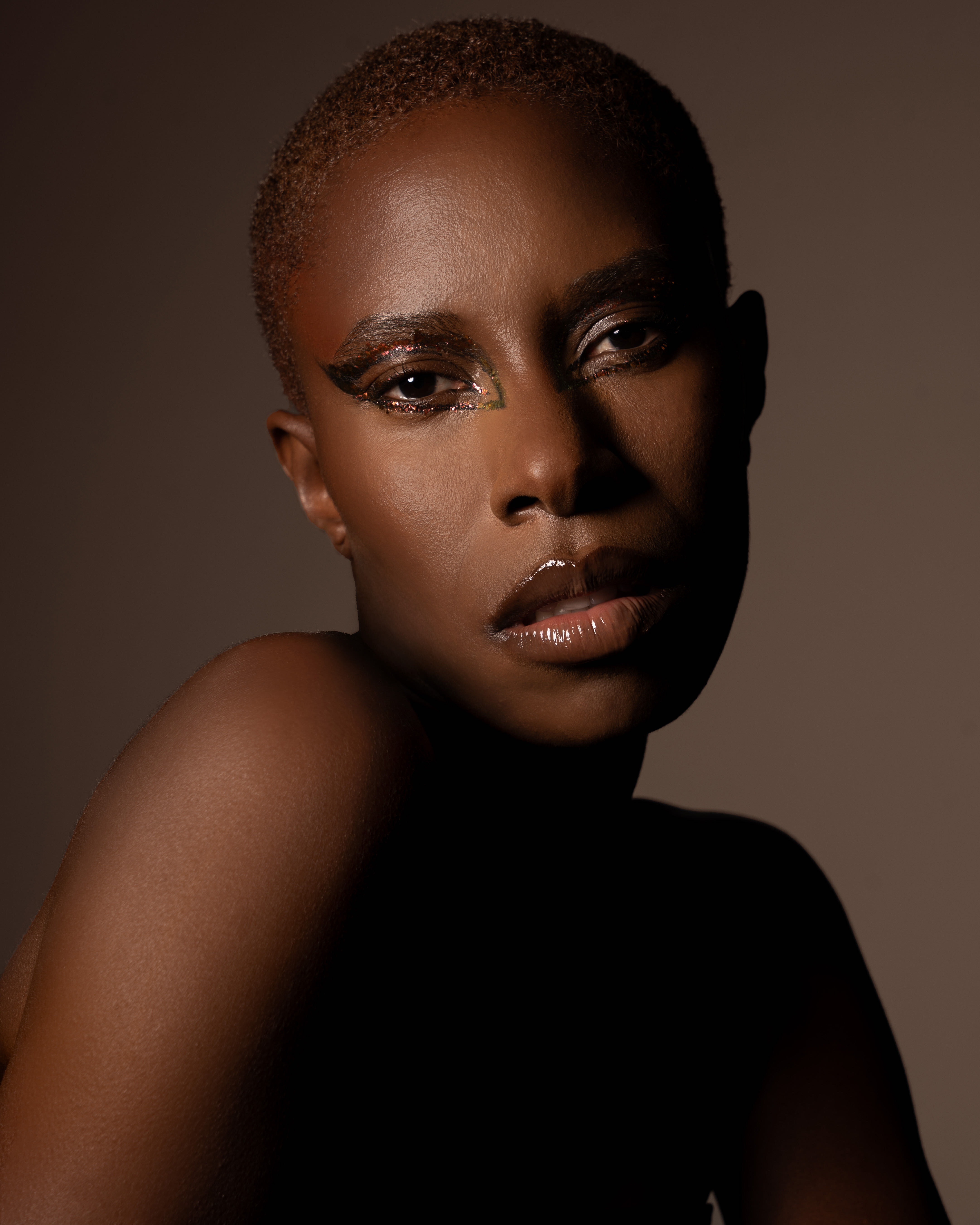
Thankfully, now is a pivotal time to be in the industry because it’s more diverse and inclusive than it’s ever been in terms of body types, age range, and abilities; there are models of every variety out here winning.
Since doing it, I realize it is artistic expression. Modeling is about being a canvas for someone else’s art, it’s about being a muse. It is not about how beautiful you look, it is about expressing, emoting and making people feel something, which art tends to do. There are stories that our bodies tell.
I’m now no longer afraid to look at my work as art and myself as an artist. — Zurii Conroy, people operations manager
